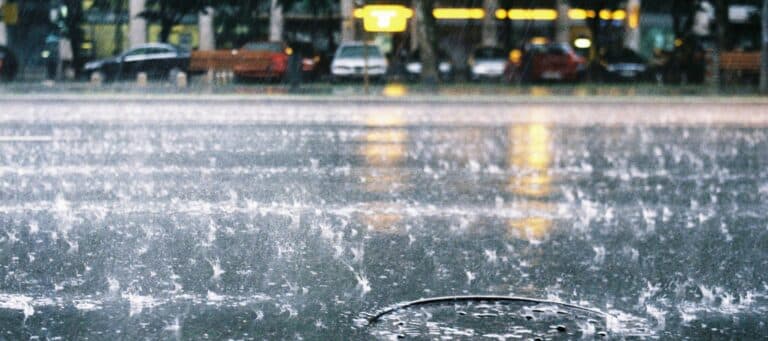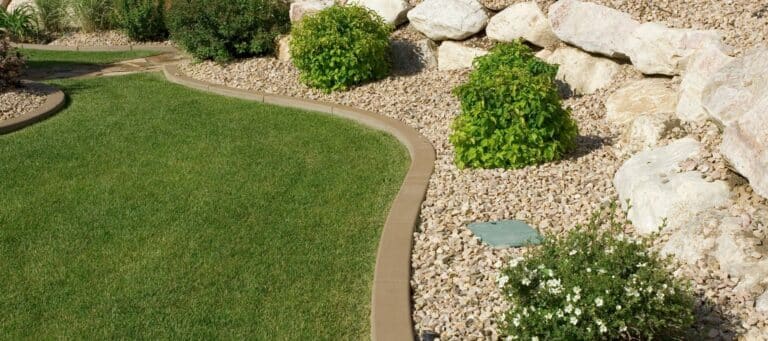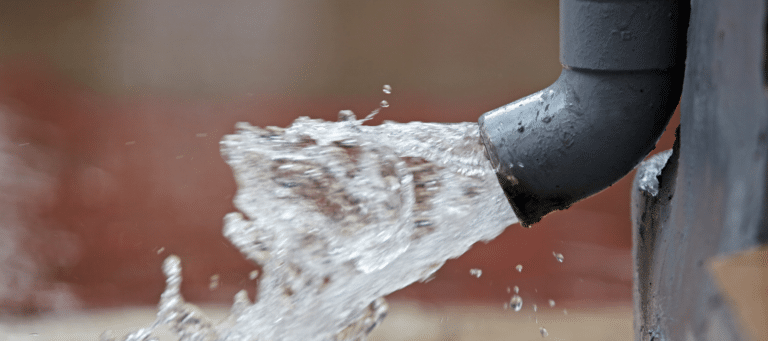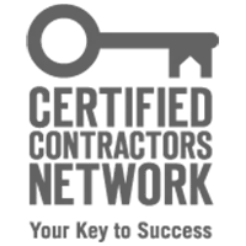Texas French Drain Installation Services
Protect Your Property From Water Accumulation With A French Drain System
A little rainwater can be a big help to your property as it hydrates your flowers and keeps your grass looking green! However, a lot of rainwater can result in serious problems for your home if you don’t have sufficient drainage.
At G.L. Hunt, we strive to help our community through our foundation and drain system services! We’re here to explain the dangers of water accumulation as well as how our French drain installation services can help remedy the issue.
What Is A French Drain System?
A French drain system is carefully designed to collect water after it’s already made its way into your soil.
To start, a trench must be dug within your property for the pipe to sit in — but this isn’t just any pipe! The pipes in a French drain will have perforations, or holes, to help collect water from the trench.
As water slips down beneath the surface and accumulation occurs, the water will rise through the holes and into the pipe before being carried away.
Surrounding this pipe is gravel or stones, which help guide water towards the pipe — ensuring an effective drainage process.

French Drain Installation Protects Your Foundation
The main reason to install a French drain is to protect your foundation from water damage.
When water overflow accumulates either at the base of your home or within the soil underneath it, it’s much more likely to experience soil expansion, shifting and settlement. This can lead to foundation cracking, sinking and instability.
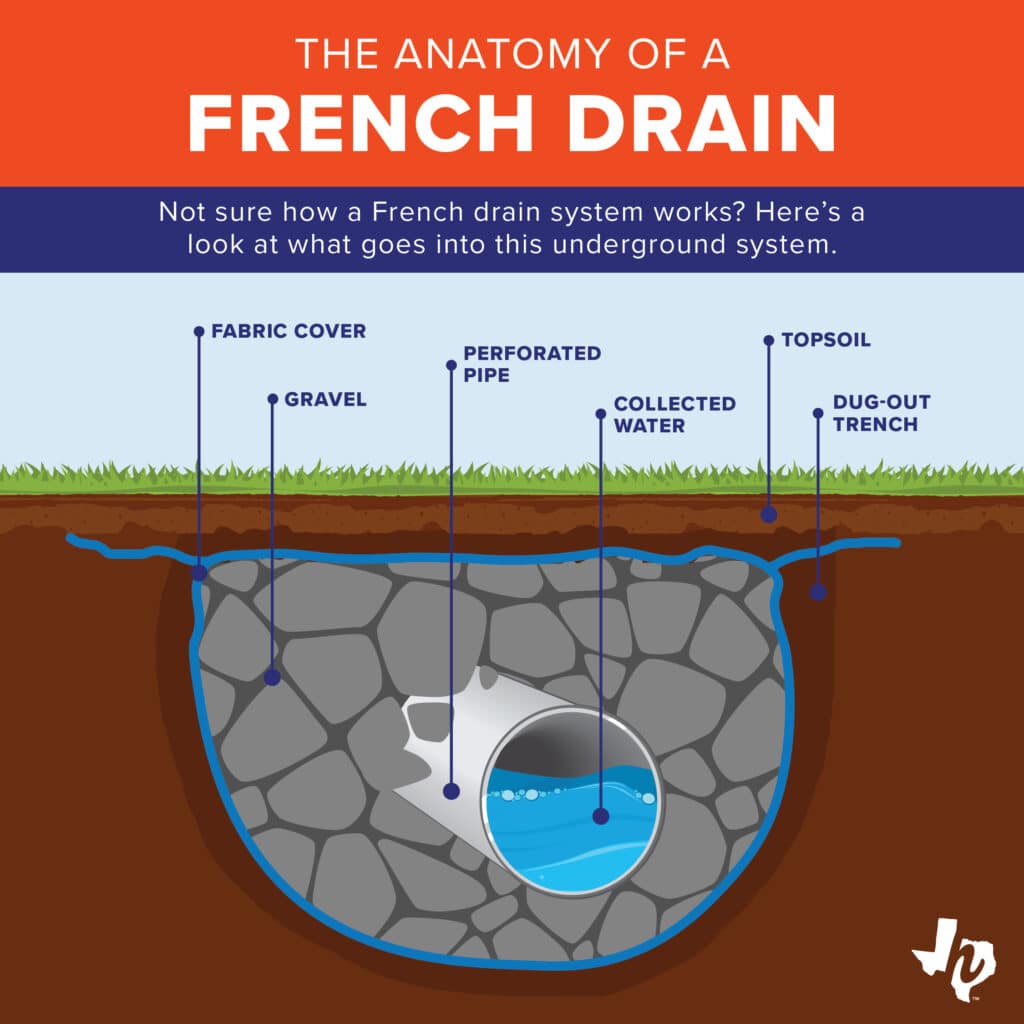
Bonus: French Drains Hide Beneath Landscaping!
One significant advantage of adding French drains to your home is that they can blend in naturally with your landscape, especially when compared to surface drains. The drainage occurs once the water has already entered your soil, so the plumbing system can be covered with rock landscaping or grass to hide what lies beneath.
Additionally, the pipes in this system are covered with a permeable material. This is a necessary feature due to the holes in the piping. Covering the pipe will allow water to enter your drains as needed while keeping out the gravel that surrounds it. This differs from other drainage methods — such as gutter systems — that are left open.
French Drain Installation Timeline
The time it takes to install a French drain varies — lasting anywhere from hours to days. Despite this lengthy service, the end result will be well worth it if you often suffer from a flooded lawn and poor drainage.
That being said, to experience the best results, you’ll need the best services! Improper installation can have severe consequences, resulting in flooding and water damage. That’s why we recommend homeowners choose our team for their French drain installations!
We have a strong understanding of how these systems work and the skills it takes to provide high-quality service!
Which Homes Benefit The Most From French Drains?
A French drain is meant to solve water accumulation and its harmful effects — such as foundation settlement and soil shifting. For this reason, homes that tend to have puddles of water left over after a storm should consider installing this drain type.
This issue is commonly found with flat homes, where no natural sloping encourages water to flow away. However, if your home’s landscape experiences any dips where water gets caught between two high points, a drain pipe install can help with this.
For any questions about what’s best for your lawn and your home, call our team at G.L. Hunt! We’re here to answer your questions and provide professional service that sets your home up for successful drainage.

What Sets G.L. Hunt Apart?
Our team works with pride to guarantee high-quality results for properties all across Texas. In every service we provide, we aim to personify the following values:
- Integrity
- Honesty
- Gratitude
- Leadership
Additionally, members of our team have the training and knowledge needed to perform high-quality installations — so you never have to doubt the quality of our service.
Don’t spend your time fretting over the state of your lawn or foundation. Instead, put your worries to rest knowing that a French drain installation from our team can keep your property safe.
Schedule Your Drain Services With The Team At G.L. Hunt
When your yard starts to suffer, you need a team that can protect your property. At G.L. Hunt, we’re here to answer this call! Put your trust in our team and contact us to schedule a French drain system installation.
